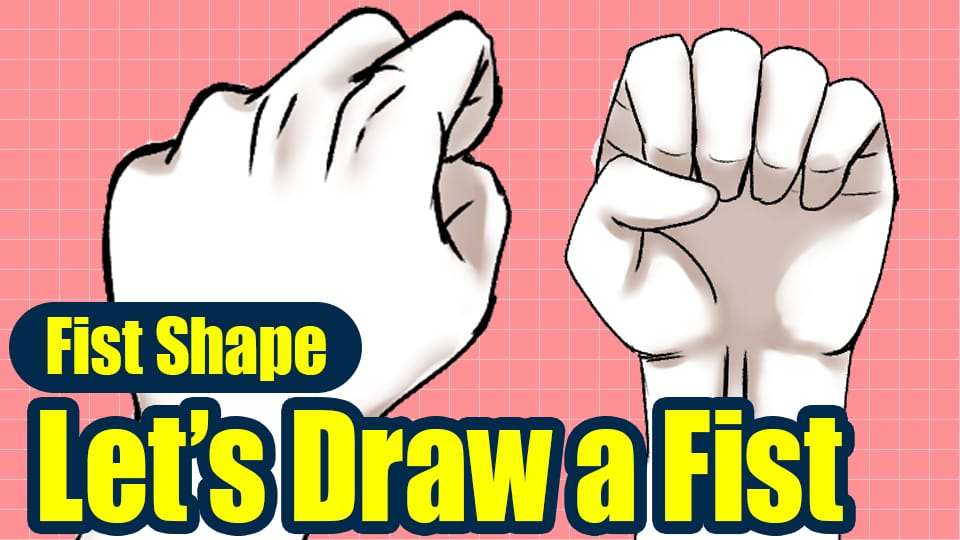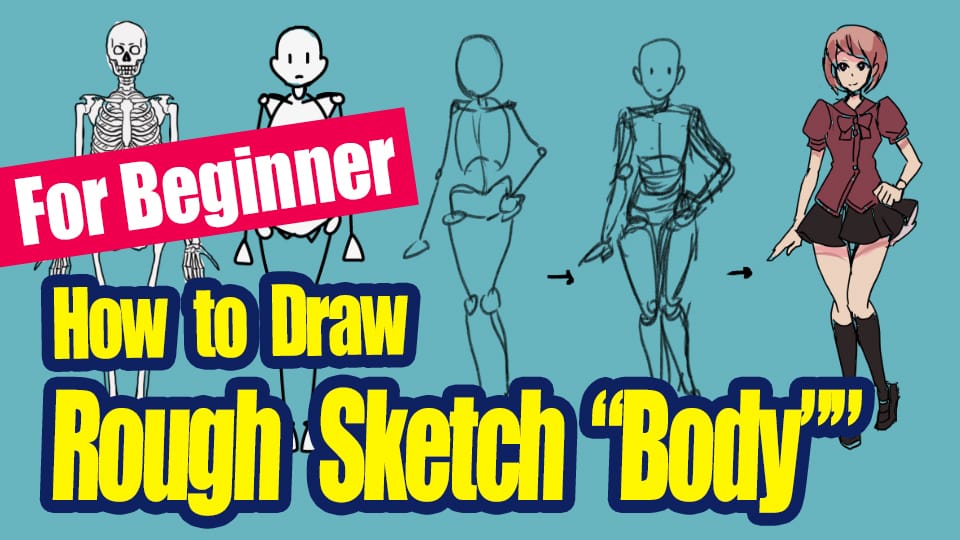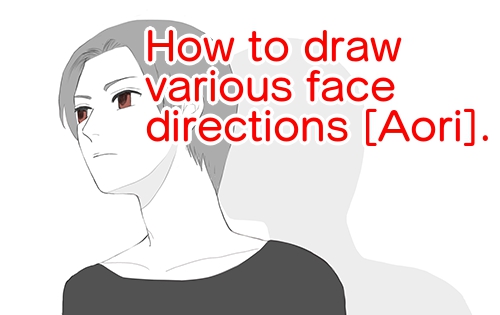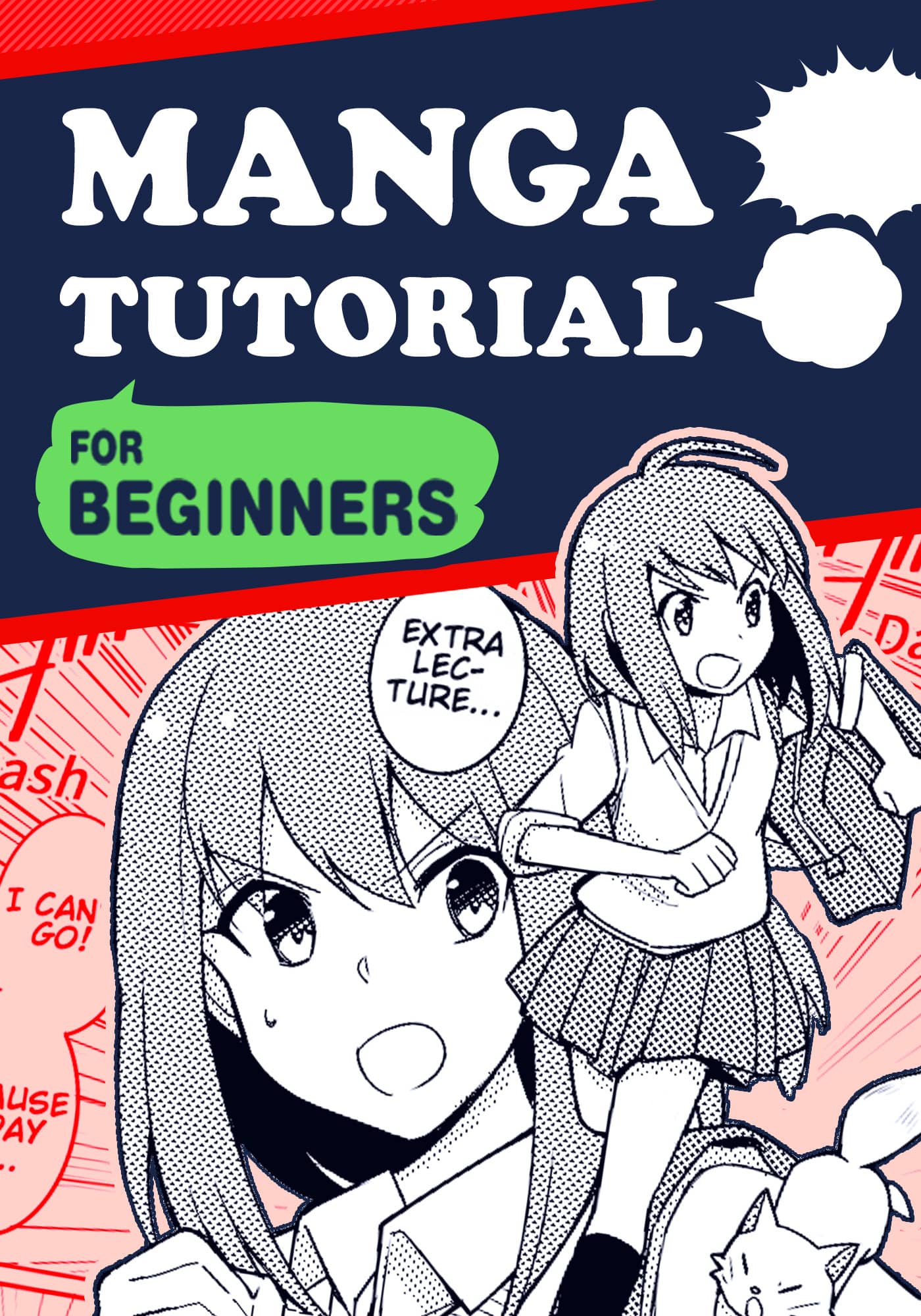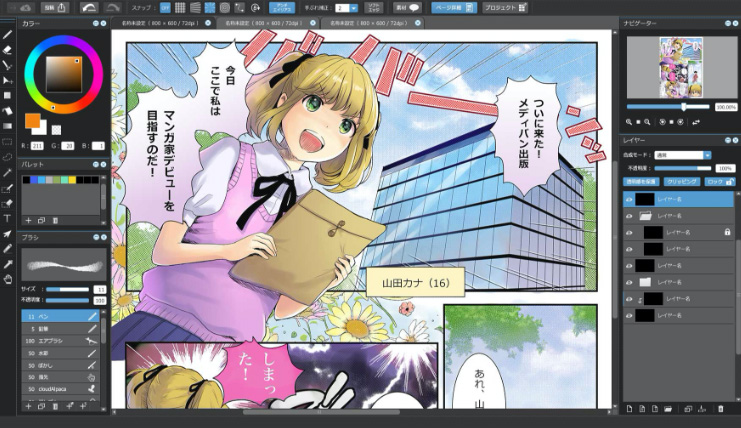2021.04.05
[Skill Up] How to Draw a Hand From Bones (Intermediate Level)
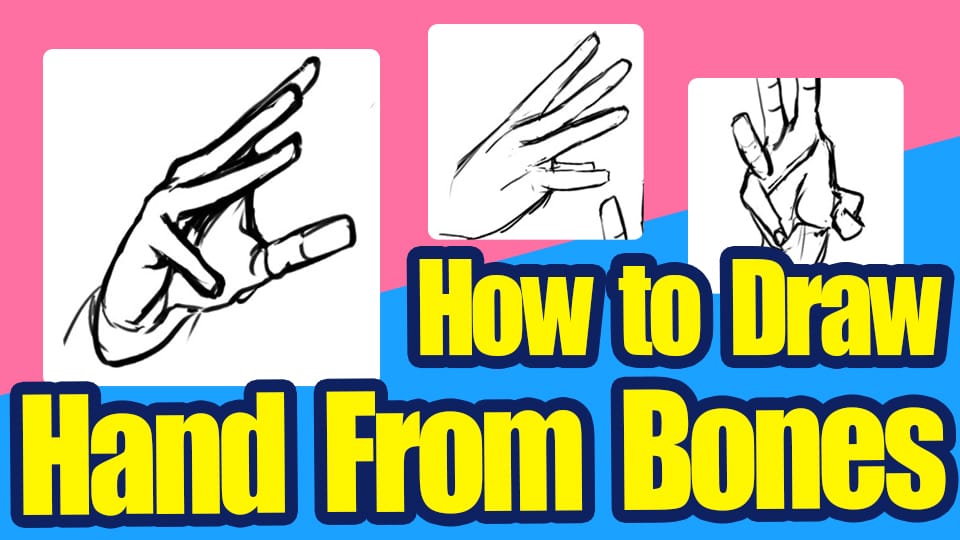

In this article, I will explain the skeleton and proportions as an intermediate step in how to draw hands.
Let’s take a look at the skeleton and proportions of the hand.
Index
The skeleton of the hand
First, let’s look at the skeleton of the hand.

As shown in the figure, the hand is divided into three parts: the wrist (carpal bones), the palm (metacarpals), and the fingers (phalanges).
In addition, the carpal bones are divided into smaller bony masses, but we will not explain and illustrate them in detail here.

The joint that connects the metacarpals to the phalanges is also called the metacarpophalangeal joint.
In this article, the metacarpophalangeal joint is the key point.
Characteristically, the bones of the palm part of the hand are separated one by one, and each of them is connected to a finger bone.

Ratios of the hand
Now let’s look at the general proportions of each part of the hand.

The length from the wrist to the metacarpal bone is the same as the length from the metacarpal bone to the tip of the middle finger.

Also, the length from the metacarpophalangeal joint to the second joint of the middle finger and the length from the second joint of the middle finger to the fingertip are the same length.

Notice that the starting point of the ratio is the metacarpophalangeal joint.

Note that the starting point of the ratio is not where the fingers are separated.

Note where the fingers part!
When drawing hands, it is easy to get confused about where the fingers split.
The position where the fingers start is different if you are looking at it from the back of the hand or from the palm of the hand.
The reason for this is that there is a thin layer of skin between the fingers.
When viewed from the dorsal side of the hand, the point where the fingers separate almost coincides with the position of the metacarpophalangeal joint.

In contrast, when viewed from the palm side, the fingers are divided above the metacarpophalangeal joint.

This is why fingers look longer when viewed from the back of the hand and shorter when viewed from the palm of the hand.
How to draw a hand
With the above points in mind, let’s summarize a simple way to draw a hand.
How to draw the back of the hand
Draw a square as a bite for the back of the hand (carpal bone and metacarpal area).

The metacarpophalangeal joint can be made to look more like a hand by lightly arching the ring and pinky finger parts.

Draw a line the same length as the length from the carpal bone to the metacarpophalangeal joint to get the bite of the middle finger.

Draw a line radiating from the carpal bone that will become the fingers.

Draw in the position of the skin of the water streak area.

Flesh out the back of the hand based on the Atari.

The back of the hand is complete.
How to draw the palm of the hand
Next, let’s see how to draw the palm of the hand.
Draw a square as the palm’s bite.

Loosely curve the metacarpophalangeal joints of the ring and pinky finger sections.

Take the length of your middle finger for the height of your palm.

Divide the length of the middle finger into two equal parts and draw the second joint.

Draw the carpal bones, metacarpals, and phalanges in a radial pattern.

Draw the bite of the skin for the water strokes.

Flesh out the image based on the bite.

Erase the drafts and you’re done!

Hands are complex, so let’s observe the real thing!

These are some tips on how to draw hands based on their skeletons and proportions.
The hand has a complex structure, so observing your own hand while drawing it is a shortcut to improvement.
I hope you will try your hand at drawing hands.
(Text and pictures by Setsu Yoshida)
\ We are accepting requests for articles on how to use /

